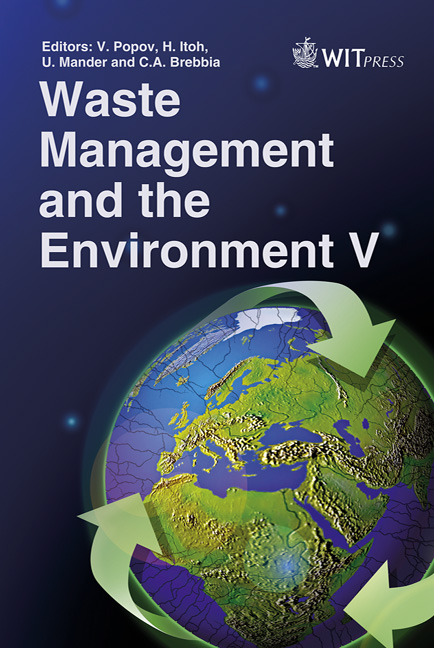Establishment Of Disaster Debris Management Based On Quantitative Estimation Using Natural Hazard Maps
Price
Free (open access)
Transaction
Volume
140
Pages
12
Page Range
167 - 178
Published
2010
Size
787 kb
Paper DOI
10.2495/WM100161
Copyright
WIT Press
Author(s)
N. Hirayama, T. Shimaoka, T. Fujiwara, T. Okayama & Y. Kawata
Abstract
In this study, an estimation procedure was established to assess the amount of debris resulting from earthquake and flood disasters. Per unit generation of earthquake disaster debris was examined on the basis of observed debris discharge from the 1995 Great Hanshin Awaji Earthquake and the 2004 Niigata Chuetsu Earthquake. In addition, the per unit generation of disaster debris from flood damage above floor level was estimated at 4.6 t/household. It was shown that this procedure would allow the amount of debris to be estimated in order that disaster management and operation systems could be established for not only emergency response in the aftermath, but also pre-disaster planning. In a case study, the amount of disaster debris from earthquake and catastrophic flood disasters in the Tokyo Metropolitan Area was estimated according to hazard maps. It is concluded that it is important, from the viewpoint of the security of sanitary systems in the damaged district, that disaster debris management systems including wide-ranging cooperative measures should be established. Keywords: disaster debris, estimation procedure, natural hazard zone maps, per unit generation, extent of housing damage.
Keywords
disaster debris, estimation procedure, natural hazard zone maps, per unit generation, extent of housing damage





